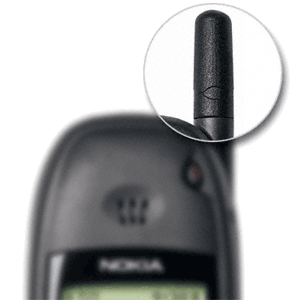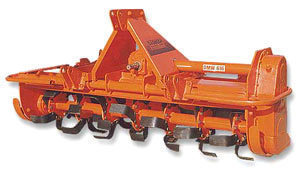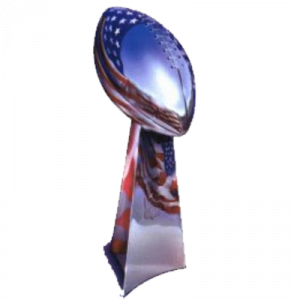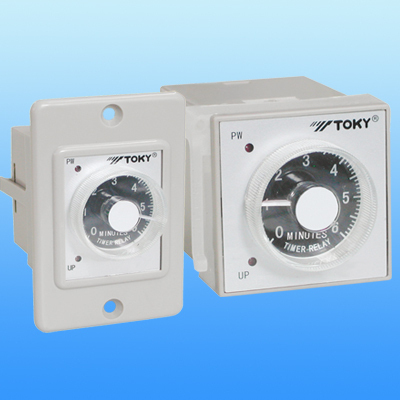Fishing Hook Dimensions
If you’re going fishing for the first time, you’ll need to be 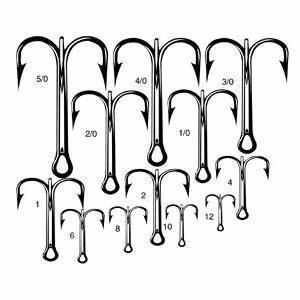 aware of the fishing hook sizes that are being used today. It may be a bit confusing due to the wide range available. Keep the following things in mind.
aware of the fishing hook sizes that are being used today. It may be a bit confusing due to the wide range available. Keep the following things in mind.
Choosing the Right Fish Hook
The size will be determined by the fish being angled. As a rule, smaller fish will require small hooks. The smallest size is 32, with 20/0 the biggest one. If the fish hook goes beyond #1, a zero (or aught) is affixed to it, so a size four is called four aught.
The scales used for fishing hooks are the following (from smallest to biggest): 32, 30, 28, 26, 24, 22, 20, 18, 16, 14, 12, 11, 10, 8, 6, 4, 2, 1, 1/0, 2/0, 3/0, 4/0, 5/0, 6/0, 7/0, 8/0, 9/0, 10/0, 11/0, 12/0, 13/0, 14/0, 15/0, 16/0, 17/0, 18/0, and 20/0.
Fishing hook sizes for trout should be 8 to 18. For the Crappie it’s 8 to 4; if you’re going after some Bluegill, sizes 12 to 8 will be sufficient. The typical fishing hook size for Suckers is 10 to 8. If you want to go for Carp, 4 to 1 fishing hooks are recommended, while 4 to 1/0 are ideal for Channel Catfish. Size 4 is good for Yellow Perch and for Bullheads it is 6 to 1.
For Smallmouth Bass, sizes 4 to 1 are ideal and for the Largemouth Bass, it is 4 to 3/0. Fishing hook sizes 2/0 to 5/0 are used for the Walleye, while 6/0 to 8/0 is utilized for the Muskellunge. For the Northern Pike it is 2/0 to 7/0.
Other Factors to Consider
The fish hook is just one aspect of fishing. The fishing line, environment and bait are equally important. You can also choose between barbed and non-barbed hooks. The latter is employed for catch and release fishing (common in natural reserves and tourist spots). This ensures the fish will not be harmed.
The weedless fish hooks are typically used in grassy fishing areas. Also keep in mind that fishing hook sizes are also determined by the bait. Some bait types will necessitate the use of lengthy shank hooks.
Tips and Hints
Bring several types of fish hooks, as you’ll never know what you’ll end up catching. Even if you’re just looking for trout, remember that fish sizes can vary even in the same family.
Fishing Hook Parts
The parts of a fish hook are the point (the component that goes into the fish’s mouth); the barb (the part extending from the point that fastens on the fish) and the eye (the end of the fish hook joined to the lure). The bend and shank refer to the hook part that links the eye and point. The gap is the space between the point and shank.
It may take awhile to get familiar with fishing hook sizes and types. That being said, you need to acquaint yourself with these facts so you don’t get frustrated when fishing.
